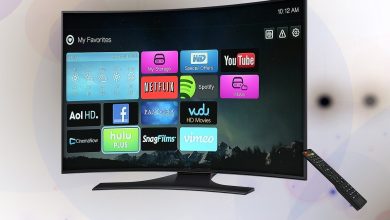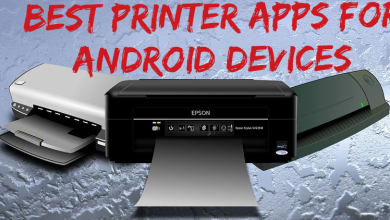Tips to Save Energy With POS Printers
The rising cost of energy is having a significant impact on retail establishments because these businesses typically occupy big spaces and utilize a wide variety of electrical gadgets. Therefore, when it comes to conserving energy, a number of different actions, both big and small, count, and eventually add up to huge savings. Even though they use a lot less electricity than refrigeration systems, printers can still help a business save money every day. This is especially true of point-of-sale (POS) printers. However, where exactly are the options to save energy that may be utilized to accomplish the kind of obvious reductions that are necessary for receipt printing?
Printing that is more efficient
When people compare to other printers, point-of-sale (POS) printers have a very low cost per print due to the fact that they are virtually immediately available for use, do not require toner, and do not require fusing. Instead, the thermal paper is immediately blackened through heat by the point-of-sale printers. At the point where the heat from the printer makes contact with the paper, writing and blacking will take place. Because thermal printers utilize heat to print, this is the time of day when they draw the most energy from the power grid. Therefore, the most significant opportunity for cost savings is found in the acceleration of this process.
1. Adjust the contrast and the size of the font.
The intensity of the blackening effect is one of the printer’s settings that can be modified with relative ease and serves as the starting point for cost reduction. Alterations can also be made to the size of the typeface. Therefore, a smaller font or picture size results in cheaper costs associated with paper and printing. In addition, point-of-sale printers allow for the adjustment of vertical compression, which means that the length of the letters can be shortened.
2. Compress data
Some point-of-sale printers, such as Citizen’s CT-S4500, are capable of compressing entire Word files. As a result, an entire page can be printed on a receipt rather than taking up an entire sheet of paper. Because it comes with a compression driver as a standard feature and prints with a high level of efficiency, this kind of printer is an excellent replacement for laser printers that are inefficient. It prints receipts and labels up to 4 inches wide very quickly (about 10 cm), and it also reduces large multi-column A4 documents to perfect 4-inch prints, with more columns per line.
3. Reduce the length of receipts to save both paper and power.
Thermal receipts that take an interminable amount of time to print are not only a significant cost for businesses in the retail industry, but they also fail to excite customers. When all is said and done, it is not to the advantage of the consumer to have to carry around kilometers worth of receipts in their wallets. Retailers can save a significant amount of money by reducing the length of receipts while maintaining their clarity.
By printing closer to the front and sides of the receipt, retailers are able to lay out their receipts in more compact formats, thereby optimizing the space and energy that are used during the printing process. This feature is available on printers manufactured by Citizen. This enables you to print more receipts on a single roll, which results in cost savings. It’s a simple step, but it adds up to a significant reduction in our impact on the environment, and it’s also very effective.
When retailers cut the length of their receipts by half, they not only save half the amount of paper, but they also save half the amount of money that would have been spent on the printer’s electricity bill because the printer uses the most electricity while printing. The larger retail chains are already capitalizing on this trend and have shortened the length of their receipts as a result.
4. Put devices into standby mode to save energy automatically
Why not just turn off the lights and save some cash? There is very little financial benefit to be gained from turning off the printer’s power supply. The savings are minimal when compared to standby mode, and turning the device off and on frequently does not extend its lifespan in any way that is beneficial. In the case of a printer like Citizen’s, which is intended to function for ten years or more, turning the power supply completely off is not required. As is the case with televisions, turning the power supply off multiple times can be detrimental to the longevity of the device. When printers are not being used, the stand-by mode is preferable to other modes for the printers. The vast majority of printers currently come equipped with an automatic sleep mode that helps them save electricity.
5. Use modern devices
The decision of which device to use is one of the most critical aspects of creating an energy-efficient printer. This is due to the fact that most modern equipment have substantially lower energy requirements than older ones, as they are engineered to have a low overall energy consumption.
The most recent retail printers have lower power consumption in addition to quick print times. One example of this is Citizen’s CT-E301, which prints at a speed of up to 250 millimeters per second. As a result of the new devices’ incorporation of a USB standby mode, these gadgets automatically ensure a lower level of power consumption.
When it comes to printers, it is only natural to focus first on the price at which they can be acquired; yet, this is only one of several critical considerations to take into account. When calculating the total cost and energy balance of a gadget, it is essential to take into account not just its purchase price but also its operational costs and expected lifespan. The printers made by Citizen demonstrate their value in terms of their overall balance, as they have very low startup costs while also having a very extended service life. In addition to this, they print very quickly and may be configured to print in a manner that minimizes the amount of energy consumed.




